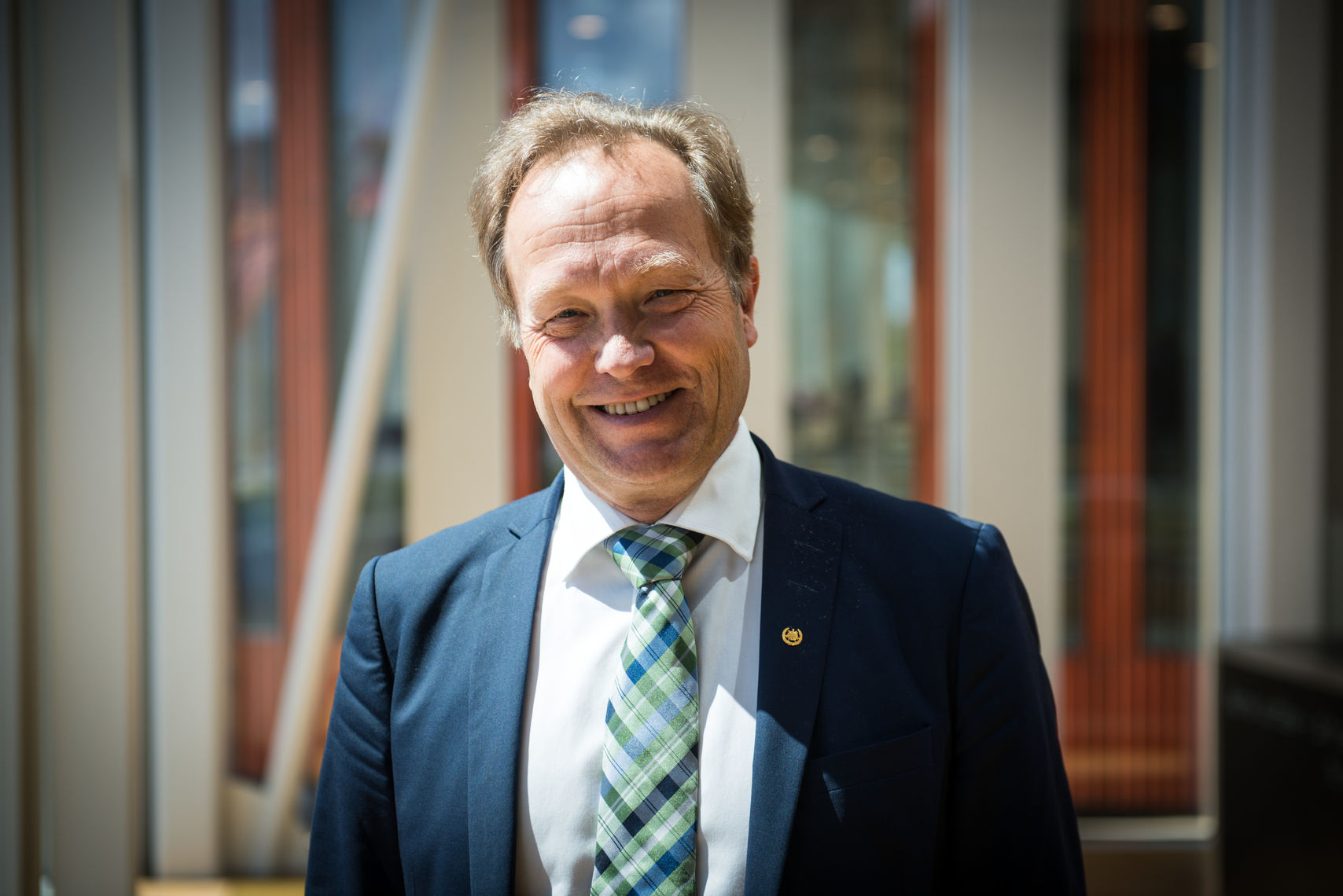
With First Science on the horizon, it’s natural to focus on the next steps, but it’s important to look at the past as well. Everything is a result of years of dedication, commitment and bold ideas. The origins of ESS can be traced all the way back to the early 90s, and it went through a number of iterations before becoming what it is today and what it will be in the years to come. However, the vision has always been the same – to create a truly next generation neutron research facility.
Neutron research has been carried out since the 1930s, and there have been a number of leaps forward since. Whether it has been through more advanced instruments or brighter beamlines, it is a field that has been evolving consistently since its inception. This evolution is often driven by scientists reaching the limits of current equipment and thinking of ways to expand the capability in a meaningful way.
“I started work on this project back in 1993,” says Lars Börjesson, who has been involved in ESS in a variety of roles and is currently one of two Swedish delegates on the ESS Council. “I was using the neutron scattering technique at the time, and I was pushing the limits in pursuit of the best possible material science research, so I wanted to push for the next possibilities.”
This desire quickly led to analysing what could be done. Lars and his colleagues realised quickly that it would be a large, complex project which would require the cooperation of laboratories and the scientific community all around Europe.
“We needed to organise at national and European levels,” continues Lars, “so we started the European Neutron Scattering Association (ENSA) which was built from the bottom up. I helped set this up back in 1994, and this helped create more impetus around advancing neutron research.”
Finding the right host
The steps that followed involved the initial stages of conceptual design, as well as the formation of various collaborations to help advance the case for a new neutron facility in Europe.
“Early in the 2000s, we were already working across borders,” adds Lars. “The Nordic countries were all working together, and we started to talk about support for the European Spallation Source. As a result, we formed ESS Scandinavia, with the aim of supporting ESS wherever it was to be built, but we also wanted to look at the possibility of hosting here in Scandinavia.”
This group gathered momentum quickly, and were joined by institutes and universities across Scandinavia. As a result, the potential for ESS being built in Scandinavia was clear, so they started working on a proposal. This was presented in 2002, but at that time Europe was not yet ready.
“We did a lot of work, but then everyone realised that we needed to bring it to the political level to get it moving,” explains Lars. “After a while, we managed to get that attention, and in 2008 a number of international site evaluations were carried out. Sweden and Denmark came out on top here, so the site was decided and confirmed. This was a huge step forward!”
Throughout this process, it was important to show how important ESS would be to the potential host, as well as making it clear what the countries offer in terms of infrastructure, existing scientific community and innovation. After collaboration with a number of experts and interested parties, Lars and his team had succeeded, which in turn paved the way for the project to start in earnest.
Approaching the finish line
“After all the years of planning and preparation, construction finally started in 2014,” Lars says. “I learned so much in this project. I was collaborating with people all over the world, and not just with scientists but with political bodies and industrial companies. There are so many things to consider – the role of the facility, what it will be driving, the innovation it will lead to. We had to find the answers to all of these to be able to get the funding and approval we needed.”
As a result of all of this hard work, ESS is now close to completion and the scientific community is on the edge of being able to conduct research that will change the world. Whether that’s with advances in renewable energy, or innovative new ways to develop cures, ESS will be home to a wide range of exciting discoveries, and it all started as ideas on a page.
“Thinking back, it’s exciting that these concepts from PowerPoint presentations are now concrete in the ground,” Lars concludes. “It can be hard to take in after seeing it on a screen for so long. I’m so proud that it’s being built, and that it’s European. We have the support of so many people, and so many collaborated, all for the benefit of science.”
























